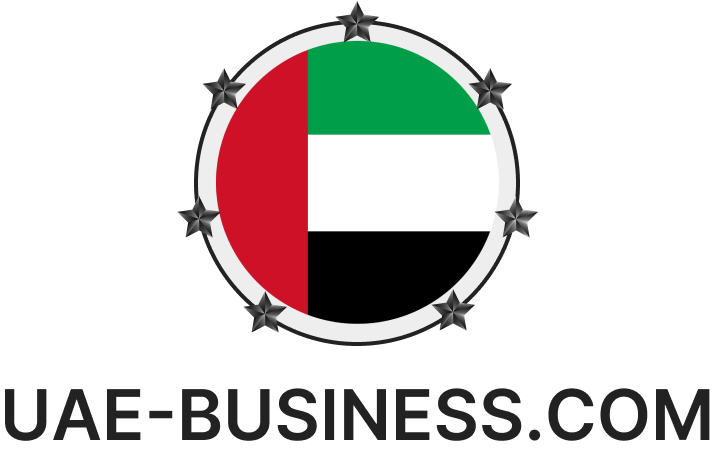A(u)gust of Wind or Tornado at Jackson Hole?
Two emotions drive investment decisions – fear and greed. We know from advances in neurosciences that emotions and thoughts are processed in various parts of the brain, including a region known as the amygdala. It’s responsible for your fight or flight response. This is also pretty hard to ignore when making decisions. The amygdala kicks in and dominates, even when it might be against your own best interest. But how does this relate to money? There are three primal fears that can trigger a strong reaction:
1. Market collapse – This relates to loss aversion. For instance, a 20 percent drop in a portfolio triggers two to three times more suffering than a 20 percent increase produces elation. This is simply part of investing and comes down more to your ability to stomach the rollercoaster, than anything else.
2. Running out of money – This fear can never be eliminated, but financial planning (including cash flow modelling) can help you work out your ideal numbers – so you have enough to support the lifestyle you want and support the people and causes you care about.
3. Getting ripped off by the ‘industry’ – I’ve written a lot about this. How do you distinguish between valuable services and not-so-valuable ones? Generally, this comes down to what motivates advisers and how they get paid. Of course, dismissing the entire profession, can stop you from benefitting from sound advice.
Human behaviour and biases are fascinating, particularly when it comes to investing. It’s no surprise: sometimes humans throw tantrums, panic, or act in irrational or counterproductive ways. As well as learning how to manage these things on your own…Professionals can provide a lot of value in helping you avoid biases like these that can harm your portfolio. So, whether you’re simply looking for a safe place for your money to grow, or a financial planning partner, then you really should get in touch.
On the markets front, in July 2022, the Fed enacted its second consecutive 0.75% interest rate hike to clamp down on rising prices. Since then, CPI inflation pushed lower towards 8.5%, down from 9.1% in June. However, this isn’t a certain signal that inflation will continue falling into the future, the same way it isn’t a signal that the Fed will now start lifting its foot off the interest rate policy pedal. In fact, with the US jobs market still heated, and inflation still more than 6% above the Fed’s target, it is no surprise that the Federal Reserve remained particularly hawkish in their latest minutes conference last week. The Fed’s next interest rate decision will be announced at their upcoming meeting on September 21st at 18:00 GMT. Before then, investors will be looking forward to Fed Chairman Jerome Powel’s comments on inflation during this Friday’s annual Jackson Hole Symposium.
Tesla has given investors something to be excited about this week: its 3-for-1 stock split on August 24th. By the morning of the 25th, shareholders of Tesla will see three times the amount of TSLA shares in their portfolio, and Tesla shares will start trading at their new price at a third of what it was. Tesla may only be chopping their stock down into more slices, which won’t directly impact the company’s market cap, however the split aims to boost Tesla’s liquidity and drive its long-term value.
New preliminary GDP data to be released on Thursday in Germany and the US will provide a more precise indication of economic growth for these countries. Last month’s initial advanced reading showed -0.9% GDP growth for the US, and a stagnated 0% growth in Germany. A better-than-expected US GDP reading this week, coupled with a hawkish sounding Fed could create a bullish run for the US Dollar. If Friday’s PCE inflation data comes out higher than expected, this could further support the USD.
Across the waters, the ECB is set to release Minutes from its previous July meeting. With EUR/USD heading back towards parity for the second time this year, a hawkish tone from the European Central Bank could apply some resistance and help push the Euro higher.
Oil prices dipped towards 6-month lows last week amidst worries of further weakening demand and the possibility of Iranian oil resuming its entry into the global markets suppressing oil prices even further. With Brent Crude and WTI falling below $92 and $87, respectively, is this the bottom for oil prices or are further declines expected in the week ahead?
At current, the markets appear rattled with an overwhelming sentiment around weakened demand, with rising recession fears front and center of the commodity markets. Given weak economic data out of the U.S., China and the Eurozone, signs of slowing economic growth seem persistent and could dent oil demand further.
With earnings season winding down, there are still a few big names to watch and are set to release their second quarter earnings results, including NVIDIA Corp (NVDA) and Zoom Video Communications Inc (ZM). Nvidia and Zoom shares are down around 40% and 46% YTD respectively, as the US economy still faces multiple economic headwinds.
Spot Gold (XAUUSD) has been trading in a strong descending channel and has closed below the 20-day SMA in the last two trading sessions. As RSI levels remain suppressed and are approaching oversold territory, bears are looking to take control. Traders should keep their eyes on key data releases including the Jackson Hole Symposium this Friday, any hawkish signs by the Fed should be taken as a bullish signal for the US dollar and will ultimately push XAU/USD lower to the $1700 level, if broken the next target will be the major multi-year support level of $1680. However, if the Fed hints at a slowdown in interest rate hikes of 50bps down from its previous 75bps hike, traders should expect a relief rally with bulls targeting the first level of $1750 and the second level of $1770 (20-day SMA) and finally the $1800 level before showing any signs of recovery.
Closer at home, Agritech business Graze it is now formally commencing its operations in the UAE and Saudi Arabia. By growing sustainable animal feed directly at the consumer’s site, the company aims to solve a major food security challenge in the Middle East, using controlled environment agriculture (CEA), allowing a water consumption 95 per cent lower than conventional agriculture. The UAE-based startup eliminates the expensive transportation and logistics scope of the imported livestock feed, growing it directly at the consumer’s site.
Dubai’s biggest listed developer Emaar is to sell its online fashion platform Namshi to e-commerce company Noon for $335.2 million. Emaar’s board of directors has in principle approved the sale of its subsidiary Emaar Malls’ e-commerce unit Namshi to Noon, subject to the approval of Noon’s board of directors, the company said in a statement late on Friday to Dubai Financial Market, where its shares are traded.
Time to wait and watch what Jackson Hole can do for the markets I say.
 Geoffrey Muns is an Independent Financial Advisor and Planner certified from the UK, US and UAE based out of Dubai for the past 25 years. He also works in the PE/VC space and is a seasoned investment banker having worked with international banks and investment firms in the region. You may contact him at 1mgicapital@gmail.com
Geoffrey Muns is an Independent Financial Advisor and Planner certified from the UK, US and UAE based out of Dubai for the past 25 years. He also works in the PE/VC space and is a seasoned investment banker having worked with international banks and investment firms in the region. You may contact him at 1mgicapital@gmail.com
Photo credit: Olya Kobruseva (pexels.com)
